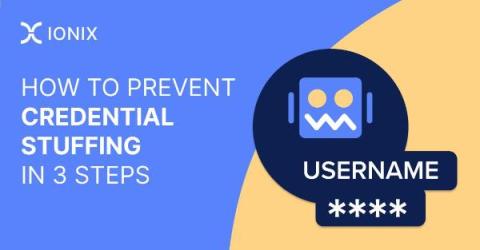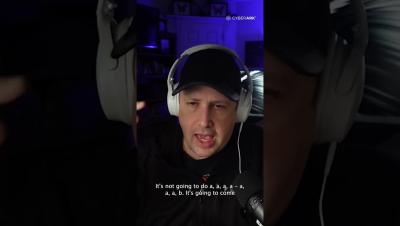10 Tips for Mitigating Brand Impersonation Attack Risk
Brand impersonation attacks are a type of phishing attack where a scammer pretends to be a trusted company or brand. The goal is to trick victims into believing they're interacting with the company so they'll be more willing to share their personal information. Brand impersonation attacks can target both individuals and large groups of people. Scammers may use phony websites, mobile apps, or social media pages, as well as bogus emails, voicemails, or text messages.










